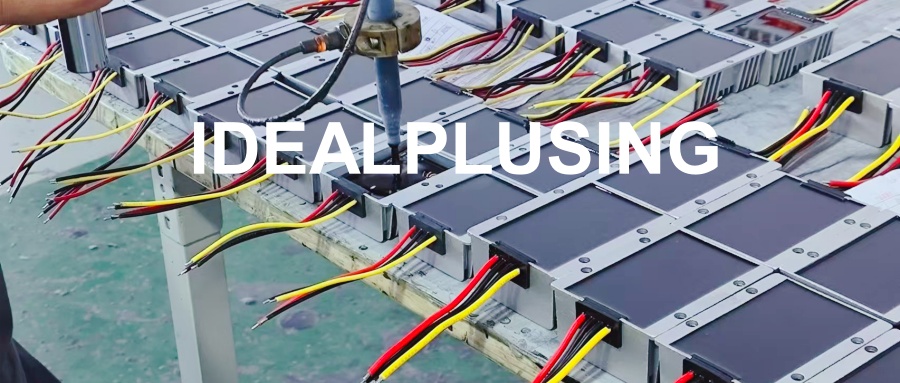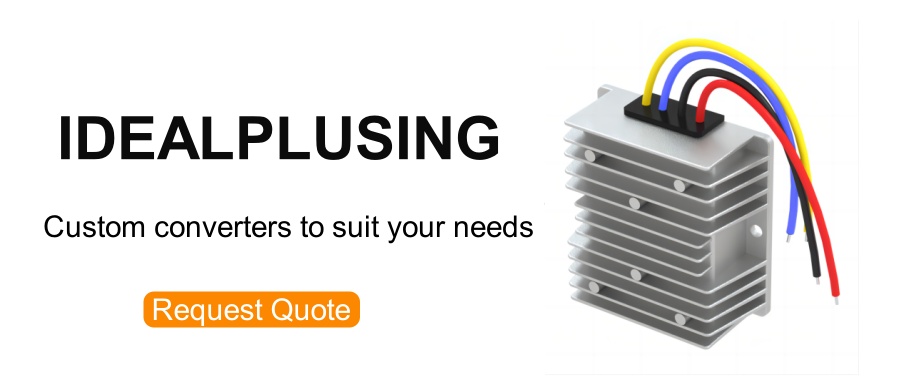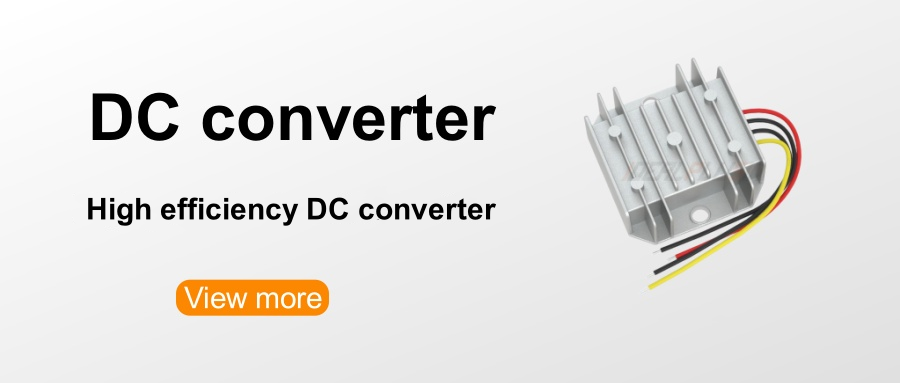
The electric energy generated by photovoltaic panels is direct current electric energy that changes with the weather, temperature, load, etc. The quality and performance of the electric energy generated are very poor, and it is difficult to directly supply the load. A converter composed of power electronic devices, that is, a DC-DC converter, is needed to properly control and transform the electric energy into electric energy suitable for the load to supply the load or the power grid. The basic function of the power electronic converter is to convert a fixed electric energy into another form of electric energy for output, so as to meet the requirements of different loads.
According to the different forms of input and output, power electronic converters can be divided into four categories, namely AC-DC converters, DC-AC converters, DC-DC converters and AC-AC converters. The DC-DC converter is used in the off-grid photovoltaic power generation system. It is a key component of the photovoltaic power generation system and generally has several functions: maximum power point tracking, battery charging, PID automatic control, DC boost or buck, and inversion.
The working principle of the DC-DC converter is to convert a continuous DC voltage into another (fixed or adjustable) DC voltage by adjusting the control switch, in which the diode plays the role of freewheeling and the LC circuit is used for filtering.
There are many types of DC-DC conversion circuits. From the perspective of working mode, they can be divided into: boost, buck, buck-boost and Cook types.
Buck converter is a single-tube non-isolated DC converter with an output voltage equal to or less than the input voltage; the main architecture of the buck-boost converter circuit is composed of a PWM controller and a transformer or two independent inductors, which can generate a stable output voltage. When the input voltage is higher than the target voltage, the conversion circuit steps down; when the input voltage drops below the target voltage, the system can adjust the working cycle to make the conversion circuit step up; and the boost converter is a single-tube non-isolated DC converter with an output voltage higher than the input voltage. The power electronic devices and components used are the same as those of the Buck converter. The difference between the two is only the circuit topology.








